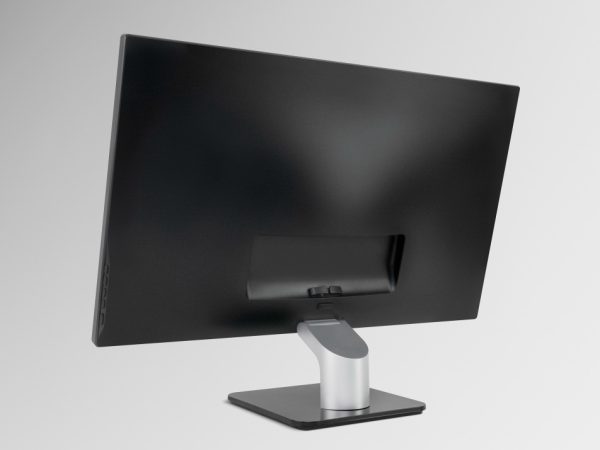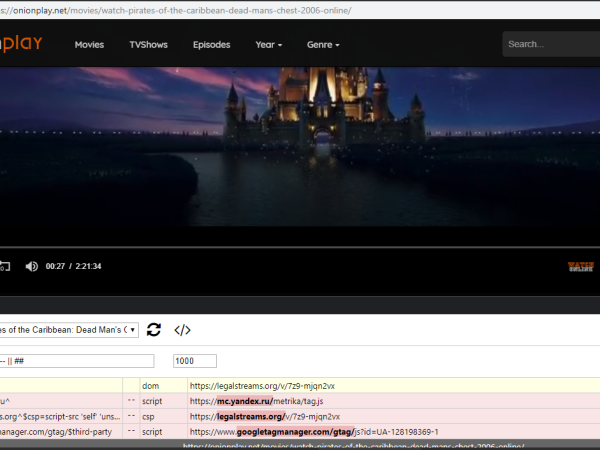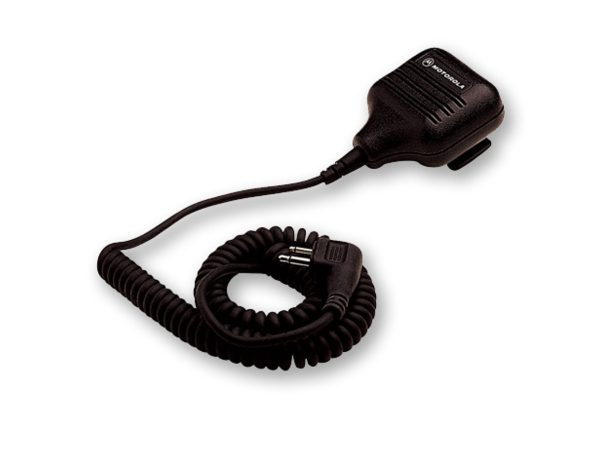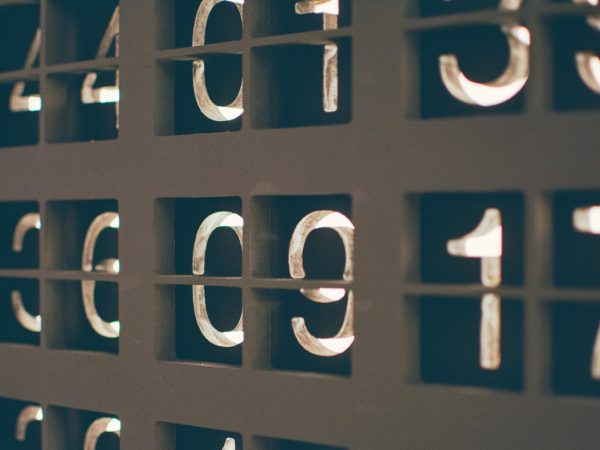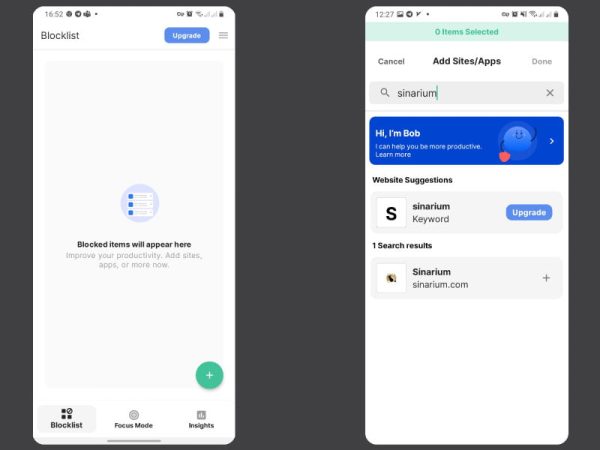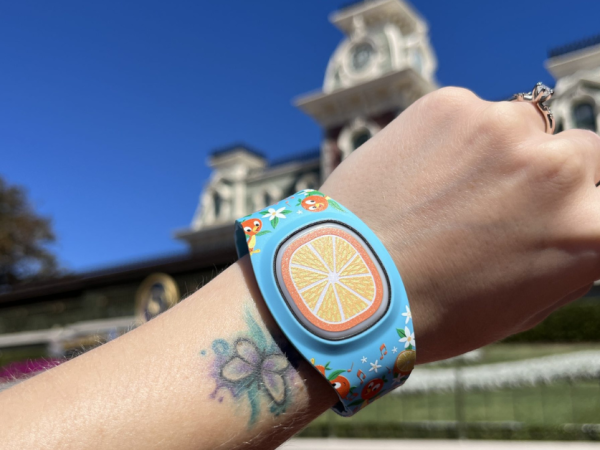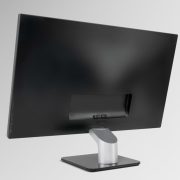Limitations of Paper Shoot Camera | Pros & Cons Explained
Paper Shoot cameras have gained attention for their eco-friendly design and minimalist approach to photography. Made with recyclable paper cases and simple digital components, they combine sustainability with creativity. While many users enjoy their retro-inspired look and simple functionality, these cameras also come with notable limitations. In this article, we’ll explore the pros, cons, and restrictions of the Paper Shoot camera so you can decide if it’s right for you.
What Makes Paper Shoot Cameras Unique?
Before diving into the limitations, it’s important to understand why Paper Shoot cameras stand out. They are marketed as:
- Eco-friendly – built with biodegradable or recyclable materials.
- Minimalist – a simple design with no unnecessary buttons or screens.
- Creative tool – four basic filters (black & white, sepia, normal, and blue tone) to inspire experimentation.
- Affordable alternative – cheaper than high-end digital cameras.
These features make Paper Shoot appealing to beginners, casual photographers, and sustainability-conscious consumers.
Limited Image Quality
One of the biggest drawbacks is image resolution and sharpness. Most Paper Shoot cameras use 16MP sensors, which sound decent, but the results often lack detail compared to smartphones or DSLRs.
- Photos can appear grainy in low light.
- Limited dynamic range struggles with highlights and shadows.
- Autofocus is basic, meaning some shots may look soft.
If crisp, professional-quality images are your priority, a Paper Shoot camera won’t meet expectations.
No LCD Screen for Previews
Unlike standard digital cameras or smartphones, Paper Shoot cameras have no LCD display. This means:
- You can’t preview your shots before capturing.
- Reviewing photos requires removing the SD card and uploading to a computer.
- Beginners may find this frustrating compared to instant smartphone feedback.
This design choice is intentional, as it mimics the film photography experience—but it can be a limitation for modern users.
Limited Shooting Modes and Features
Paper Shoot cameras are built for simplicity, but this comes at the cost of functionality.
- No manual controls for shutter speed, aperture, or ISO.
- Limited filter options (only four).
- No zoom lens or interchangeable lenses.
- No video recording beyond short clips in some models.
For hobbyists who enjoy experimenting with photography settings, the lack of creative control may feel restrictive.
Performance in Low Light Conditions
Paper Shoot cameras struggle in dim environments. With limited sensor capability and no built-in flash, low-light shots often turn out blurry or noisy.
- Indoor photography without strong lighting is challenging.
- Night photography is almost impossible without external light sources.
This limitation makes it better suited for outdoor, well-lit situations.
Durability Concerns
Although the cases are made from recyclable paper or biodegradable materials, they aren’t as durable as traditional plastic or metal camera bodies.
- Susceptible to bending, water damage, or wear over time.
- Requires extra care when carrying outdoors.
- Optional cases exist but add to cost and bulk.
If you’re looking for a rugged everyday camera, Paper Shoot may not hold up well.
Storage and Battery Limitations
Paper Shoot cameras rely on SD cards and rechargeable batteries, but there are limitations:
- No internal storage; you must purchase an SD card separately.
- Battery life can be short depending on usage.
- Charging via USB is slower than typical modern devices.
Frequent travelers or heavy users may find these limitations inconvenient compared to smartphone photography.
Cost vs. Value Debate
While marketed as affordable, Paper Shoot cameras aren’t always the cheapest option once you factor in accessories:
- Base camera cost plus case designs.
- Need for SD cards and batteries.
- Optional lens kits and cases add to the expense.
For the same price, many mid-range smartphones offer higher image quality, better features, and more convenience.
Who Is the Paper Shoot Camera Really For?
Despite its limitations, the Paper Shoot camera does have a target audience:
- Eco-conscious buyers who value sustainability over specs.
- Creative hobbyists who want a lo-fi, film-like photography experience.
- Beginners and children exploring photography in a simple, fun way.
- Collectors who enjoy unique, retro-inspired gadgets.
It’s not designed for professional photographers but can be enjoyable for casual, artistic use.
Conclusion
The Paper Shoot camera offers a refreshing take on digital photography with its eco-friendly design and minimalist approach. However, it comes with notable limitations: lower image quality, lack of an LCD screen, minimal features, poor low-light performance, and durability concerns. For users seeking professional results or versatile features, smartphones or digital cameras remain better choices.
Still, for those who value sustainability, creativity, and simplicity, the Paper Shoot camera provides a unique and enjoyable way to capture everyday moments.
FAQs
1. Is the Paper Shoot camera good for beginners?
Yes, it’s easy to use and great for learning photography basics, though it lacks advanced controls.
2. Can the Paper Shoot camera replace a smartphone camera?
Not really. While fun and eco-friendly, most smartphones provide better image quality and more features.
3. Does the Paper Shoot camera work at night?
It struggles in low light due to the lack of flash and limited sensor capabilities.
4. How long does the Paper Shoot camera battery last?
Battery life depends on usage but typically lasts a few hours of casual shooting before needing a recharge.
5. Is the Paper Shoot camera worth buying?
It’s worth it if you value sustainability and creativity over performance. But if you prioritize sharp, high-quality photos, you may want to consider other options.
Also read: Age a t 1 Billon Secosons – How Old Would You Be?

